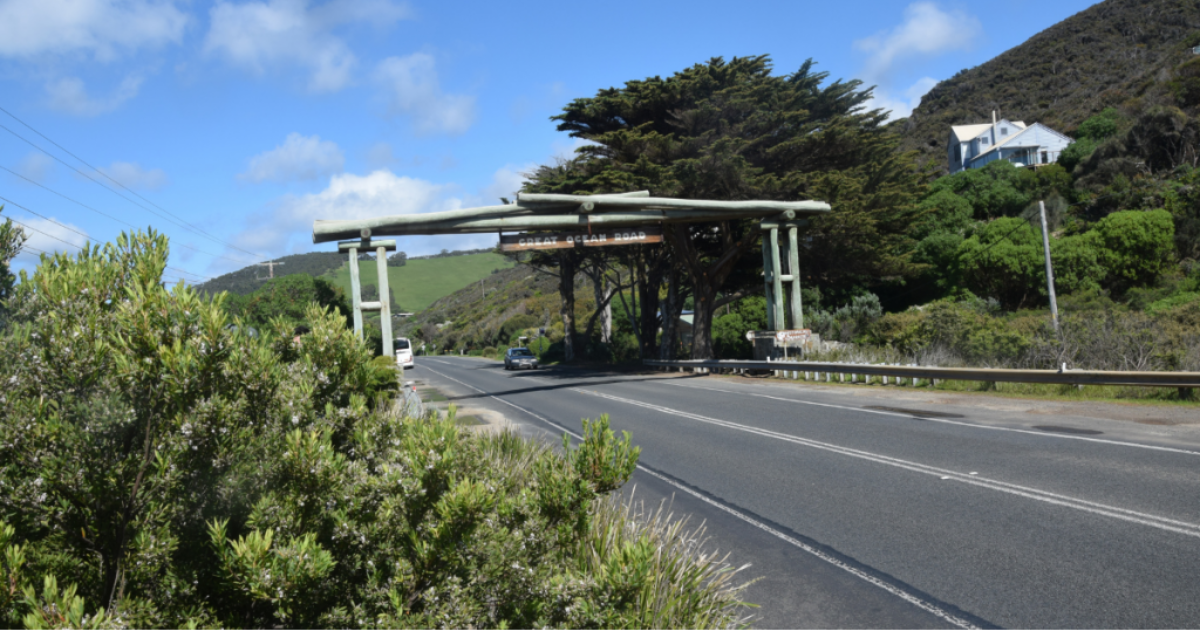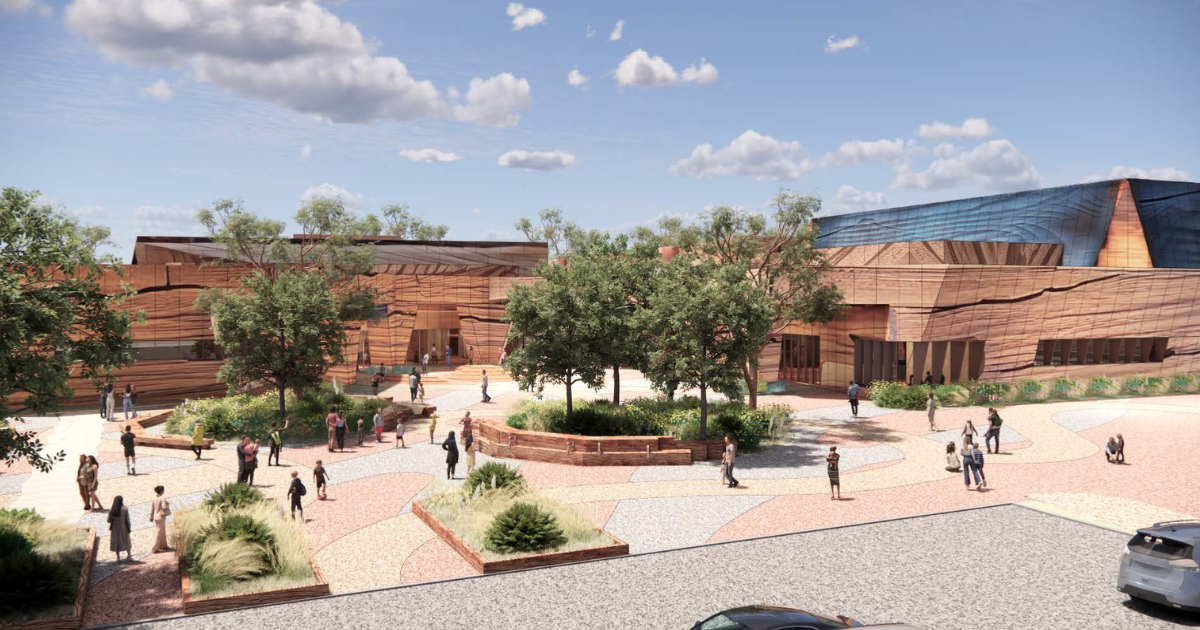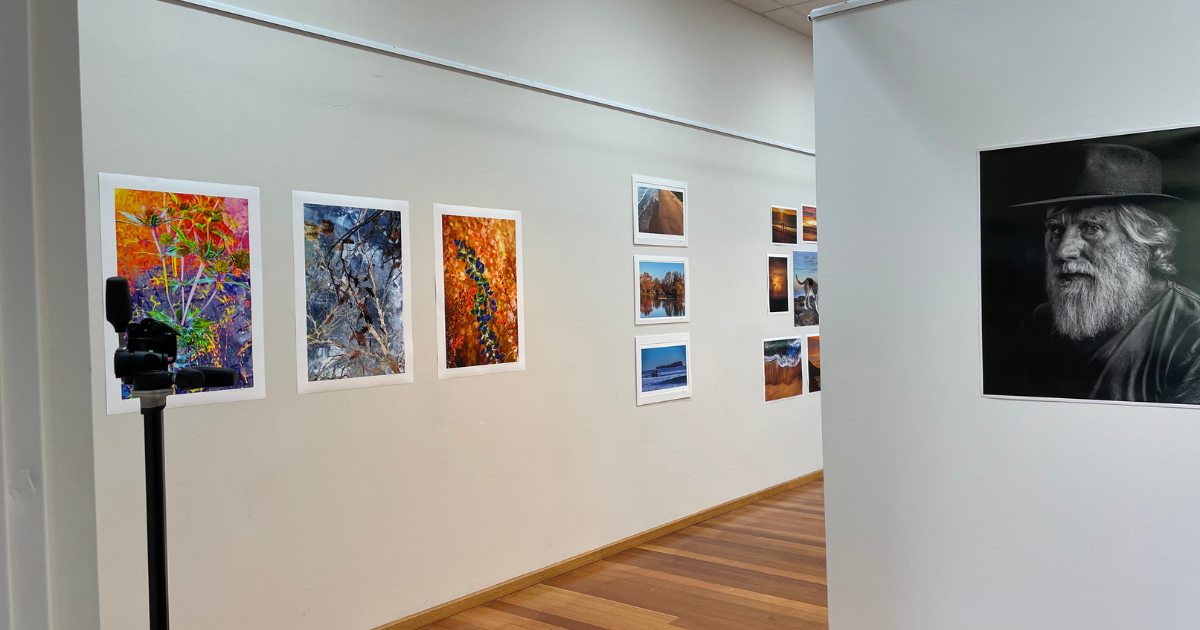Radical road plan to solve erosion fears

Shifting the Great Ocean Road near Eastern View has been raised as an idea to prevent further coastal erosion. Photo: SUPPLIED
EASTERN View residents have proposed moving the Great Ocean Road further away from the region’s coastline to reduce ongoing coastal erosion impacts.
Meanwhile, Wye River backed a sand management approach over construction of physical barriers for the town’s eroding beach as the state government continues work on long-term solutions.
The Department of Environment, Land, Water and Planning (DELWP) has released consultation summaries from feedback sessions it hosted earlier this year as part of Coastal Adaptation Plans (CAP) for the coastal communities.
Aireys Inlet conferences to inform the Eastern View plan raised the idea of a “managed retreat” of the iconic road, which could involve raising or shifting inwards the tourist route to protect its surrounding coastline.
“For me, this is about what we value. Are we trying to protect the Great Ocean Road or the natural environment on which the road exists?” one commenter said.
Opponents pointed to substantial cost and disruption to locals and tourists as downsides to the idea.
Eastern View also backed an improved dune management process and use of temporary geo-rock bags to protect critical infrastructure such as power poles and beach access over permanent measures such as a rock seawall.
Wye River similarly preferred low-impact measures such as ongoing sand renourishment to protect its beach from erosion, especially at the northern estuary bank below its Surf Life Saving Club.
An ongoing sand management plan, which involves depositing large quantities of sand at the beach in response to erosion events, was favoured over a rock groyne or seawall that locals feared would adversely affect the area’s natural beauty.
But objectors were concerned at ongoing costs of the sand strategy and its effectiveness; a storm event last month caused waves to overtop at roads and foreshores resulting in erosion damage within a week of a nearby deposit.
Residents indicated they would prefer a managed retreat of infrastructure away from the beach, including the SLSC, if sand plans proved ineffective in the long term.
“Although not as palatable, this would future proof the services of the SLSC for a 50-year period. It would also allow the estuary to evolve in the most natural fashion,” a resident said.
DELWP said it would continue its sand management and dune rehabilitation program alongside GORCAPA in the short term while it considers future planning decisions.

















